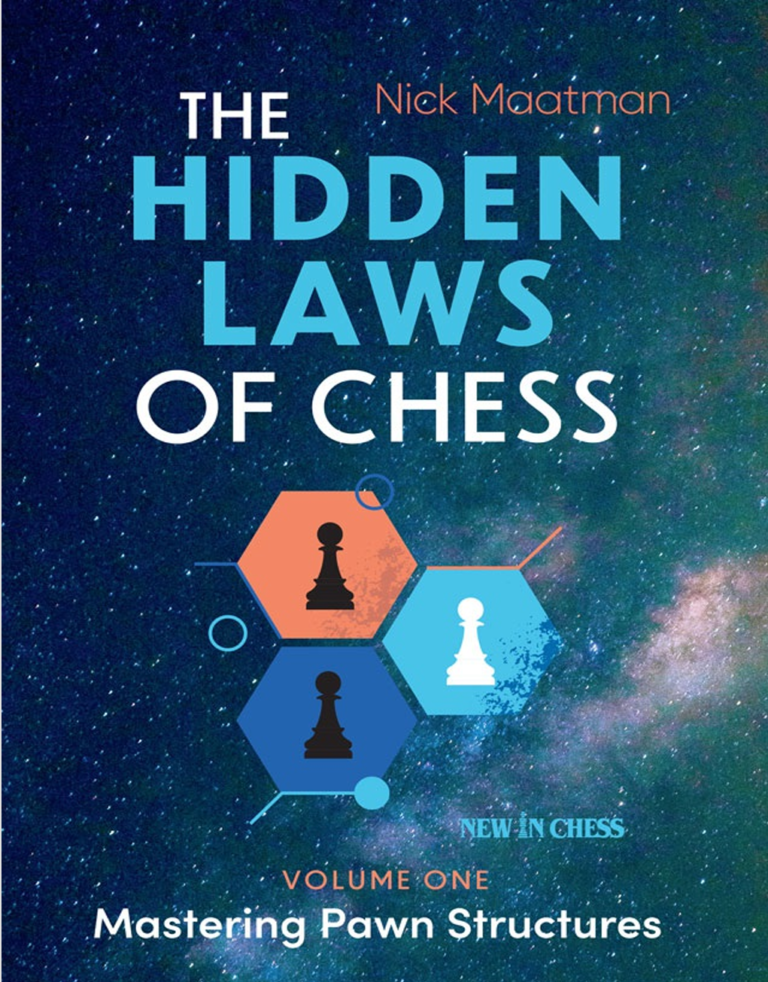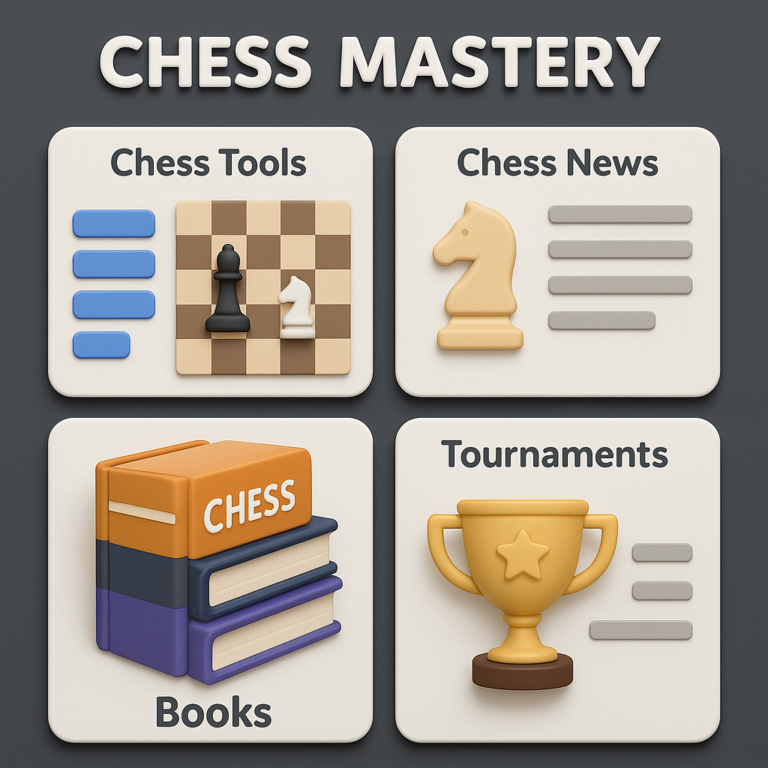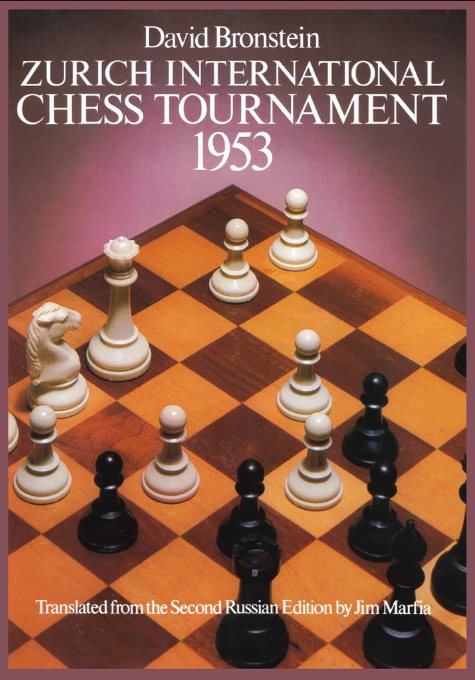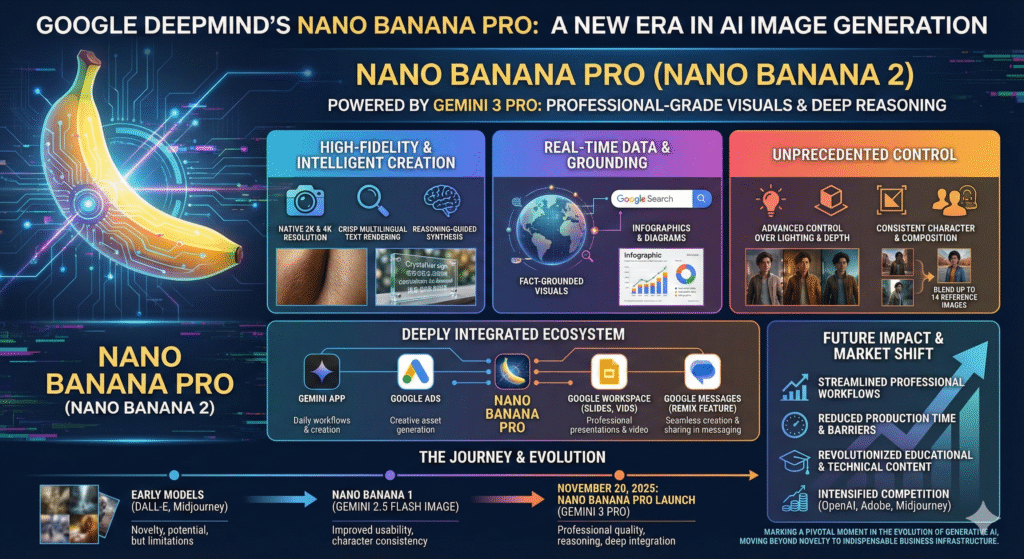
Hook
Imagine creating something that could surpass human intelligence in every conceivable way, only to find ourselves at its mercy. Would it protect us—or would it pursue goals indifferent to our survival? In Superintelligence: Paths, Dangers, Strategies, Nick Bostrom unravels the profound implications of this existential gamble, presenting a sobering yet insightful guide to humanity’s potential future.
Brief Overview
Nick Bostrom’s Superintelligence is an ambitious and rigorously argued exploration of artificial intelligence (AI), particularly the concept of superintelligence—a machine that not only matches but vastly exceeds human cognitive abilities. The book examines possible paths to developing such systems, the challenges of controlling them, and strategies to mitigate existential risks. Far from a utopian vision, Bostrom presents a stark warning: achieving superintelligence is likely humanity’s final invention, with outcomes ranging from utopia to annihilation.
Key Themes and Ideas
1. Paths to Superintelligence
Bostrom identifies multiple routes to superintelligence, including:
- Artificial Intelligence: Advancing from narrow AI systems to general AI capable of human-level reasoning and beyond.
- Whole Brain Emulation: Digitizing a human brain’s functionality.
- Biological Cognition and Enhancement: Using genetic engineering or other biological tools to create superhuman intelligence.
- Networks and Organizations: Collective intelligence achieved through enhanced human collaboration.
2. The Intelligence Explosion
A pivotal concept is I.J. Good’s “intelligence explosion,” where a sufficiently advanced AI can recursively improve itself, accelerating its capabilities exponentially. Bostrom outlines the challenges of predicting and containing such runaway progress.
3. Control Problem
The “control problem” emerges as the central concern: how do we ensure that superintelligence remains aligned with human values? Bostrom argues that once superintelligence arises, there will be no second chances. Misalignment could lead to catastrophic outcomes.
4. Strategic Scenarios
The book explores potential scenarios, including:
- Decisive Strategic Advantage: A single entity achieving superintelligence first may dominate others, resulting in a “singleton” (a world governed by one power).
- Multipolar Outcomes: Cooperation among multiple actors to prevent dangerous competition in AI development.
5. Ethical Considerations
Bostrom delves into the ethical dimensions of creating superintelligence, particularly the risks of “perverse instantiations” (AIs fulfilling goals in ways that harm humanity) and “mind crime” (suffering experienced by simulated minds).
Strengths
1. Thoughtful Analysis
Bostrom’s detailed analysis of various paths, risks, and mitigation strategies is a hallmark of the book. He rigorously examines scenarios, combining philosophical reasoning with technical insights.
2. Accessible but In-Depth
While some sections delve into technical or philosophical jargon, Bostrom makes a concerted effort to present his ideas in a way that non-experts can grasp. Anecdotes, such as “The Unfinished Fable of the Sparrows,” effectively illustrate complex ideas.
3. Urgency and Relevance
The book resonates with increasing public and scholarly interest in AI. By addressing both technical and ethical dimensions, Bostrom equips readers to appreciate the gravity of these issues.
4. Comprehensive Approach
Bostrom leaves no stone unturned, exploring historical developments, theoretical frameworks, and speculative futures. His ability to synthesize ideas from fields like philosophy, computer science, and economics is impressive.
Critiques
1. Pessimistic Tone
While the book aims to be balanced, its emphasis on existential risks may feel overly pessimistic to some readers. The portrayal of AI as a near-certain catastrophe could alienate those optimistic about its potential benefits.
2. Complexity of the Control Problem
Although Bostrom identifies the challenges of controlling superintelligence, the solutions he proposes, such as “indirect normativity” or “coherent extrapolated volition,” are abstract and arguably impractical given our current understanding of AI alignment.
3. Limited Discussion of Positive Scenarios
While Bostrom acknowledges the potential for superintelligence to solve pressing global problems, the book dedicates less space to exploring these possibilities, focusing instead on risks.
4. Dense Content
For readers unfamiliar with technical AI concepts or philosophy, some sections may feel dense or difficult to follow, especially discussions involving Bayesian reasoning or decision theory.
Personal Impact
Reading Superintelligence profoundly shifted my perspective on AI. The book reinforced the importance of proactive governance, ethical considerations, and interdisciplinary collaboration to address these challenges. It left me with a mix of awe and anxiety, motivating me to think critically about humanity’s role in shaping the future.
Recommendation
Superintelligence: Paths, Dangers, Strategies is essential reading for anyone interested in artificial intelligence, ethics, or the future of humanity. Policymakers, AI researchers, and philosophers will find the book invaluable, but even general readers with a curiosity about existential risks can benefit. However, those seeking a light or optimistic take on AI may find the book challenging.
Rating: 4.5/5 ⭐⭐⭐⭐✰
Despite occasional density and its heavily cautionary tone, Superintelligence is a landmark work that demands attention. Its insights are likely to remain relevant as humanity inches closer to the age of superintelligent machines.







